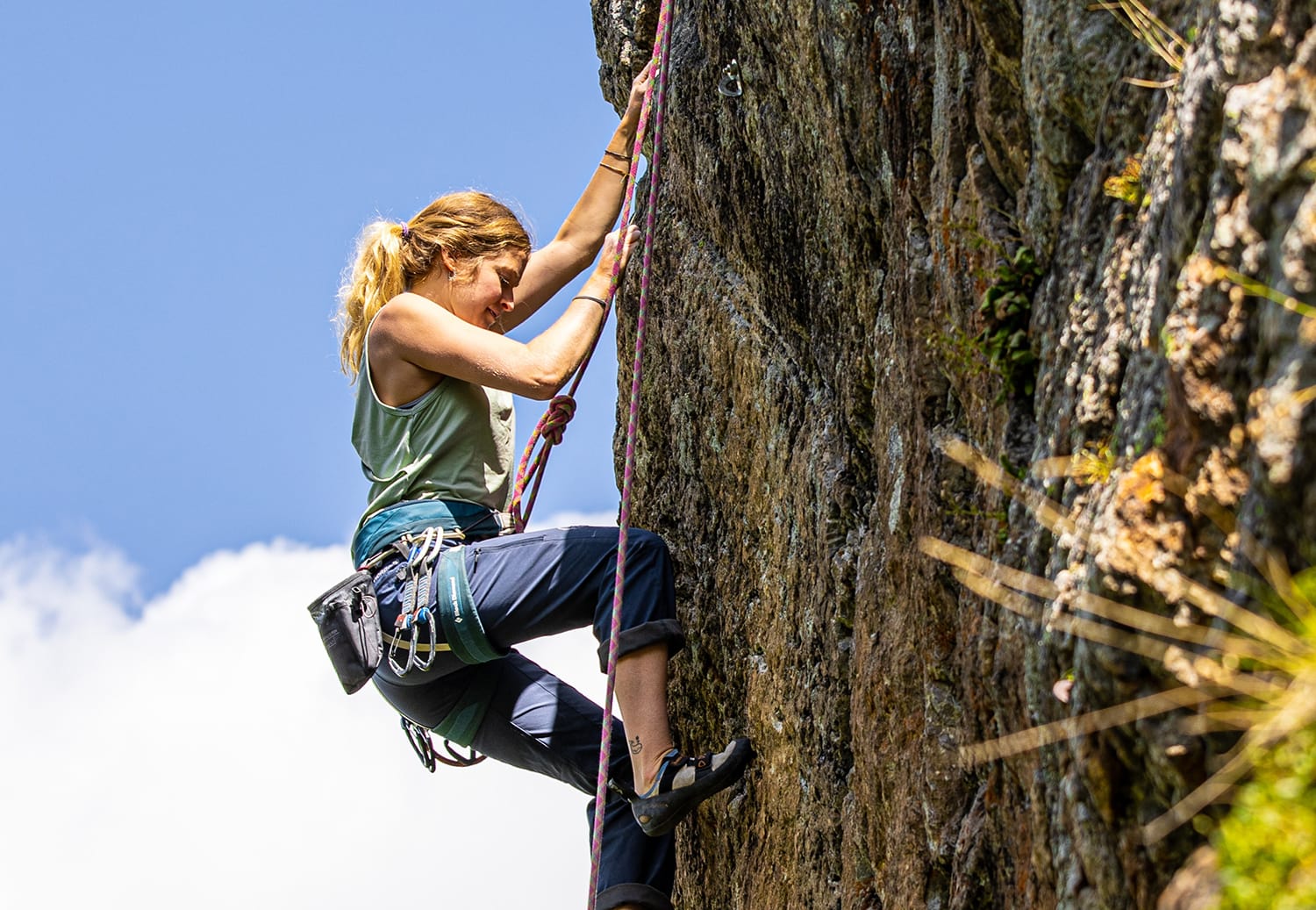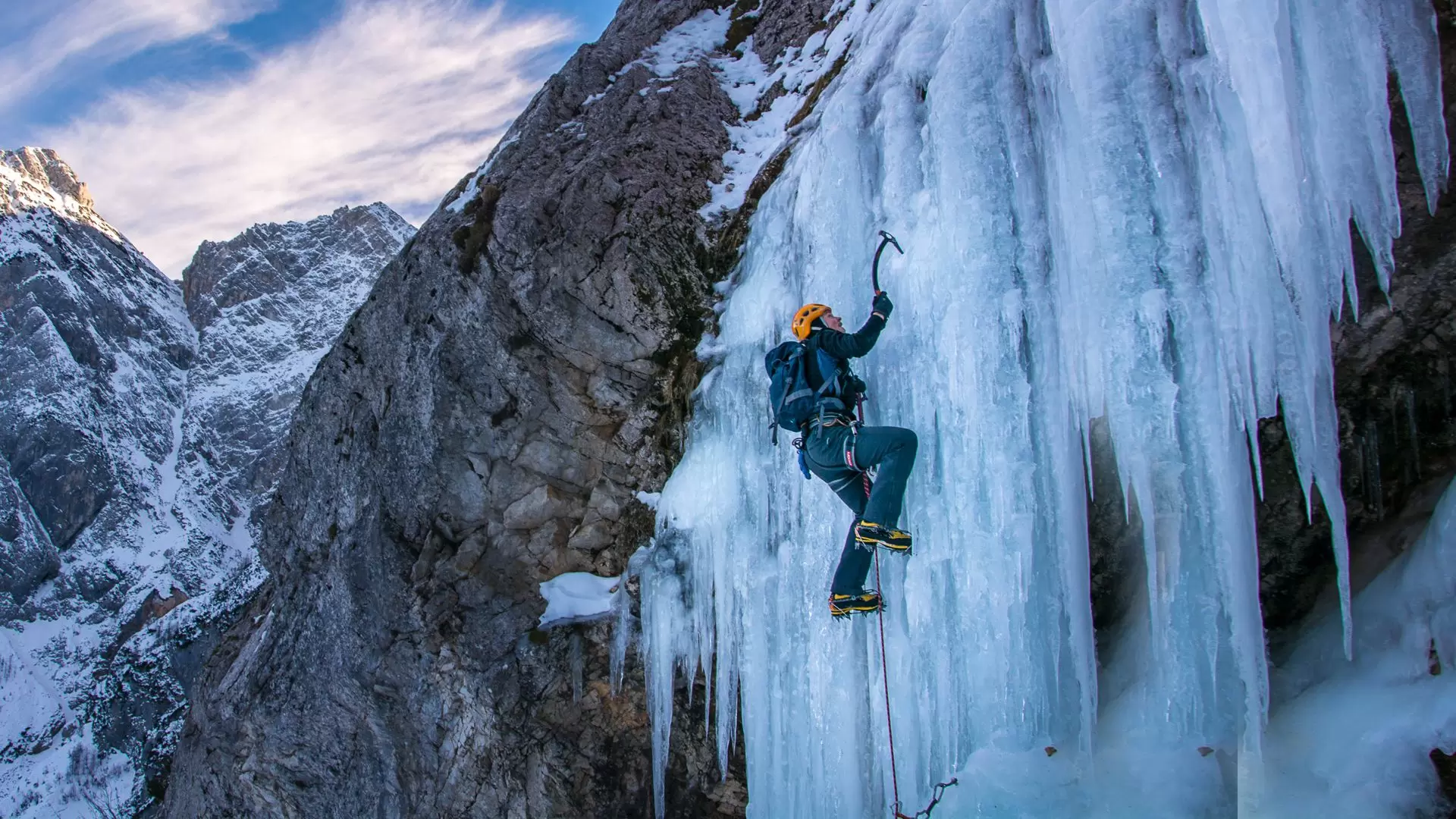novellainstitute.com – Rock climbing is an exhilarating sport that combines physical strength, mental resilience, and a deep connection to nature. From the towering cliffs of Yosemite to indoor climbing gyms, this adventurous pursuit has captivated enthusiasts around the globe. Whether you’re a seasoned climber or a curious beginner, rock climbing offers a unique blend of challenge, camaraderie, and breathtaking views.
Types of Rock Climbing
- Bouldering: This style involves climbing shorter walls (generally up to 20 feet) without the use of ropes, relying instead on crash pads and spotters for safety. Bouldering focuses on strength and technique, making it an accessible entry point for beginners.
- Sport Climbing: In sport climbing, climbers use fixed anchors, such as bolts, for protection as they ascend. This method allows for longer climbs and greater heights while providing a sense of security through well-placed gear.
- Traditional Climbing (Trad): This style emphasizes the use of removable gear, such as cams and nuts, to protect against falls. Trad climbing requires a deeper understanding of the rock and a strong skill set, making it a favorite among experienced climbers.
- Free Climbing: This term generally refers to climbing without the use of artificial aids, relying solely on one’s hands and feet for upward movement. It can be applied to both sport and trad climbing, emphasizing the climber’s ability to ascend using their own strength.
- Ice Climbing: A thrilling variant, ice climbing involves ascending frozen waterfalls or ice-covered rock faces using specialized gear like crampons and ice axes. This form of climbing offers a unique set of challenges and stunning winter landscapes.
Benefits of Rock Climbing
- Physical Fitness: Rock climbing is a full-body workout that enhances strength, endurance, flexibility, and balance. It engages multiple muscle groups, particularly in the arms, back, and core.
- Mental Challenge: Climbing isn’t just about physical strength; it requires problem-solving skills and strategic thinking. Climbers must assess routes, plan movements, and overcome fear, making it a mentally stimulating sport.
- Connection with Nature: Many climbers find a deep appreciation for the outdoors through their climbs. The opportunity to explore beautiful landscapes, from rugged mountains to serene cliffs, fosters a strong connection to nature.
- Community and Camaraderie: Rock climbing is often a social activity, bringing together people with a shared passion. Whether in a climbing gym or on a crag, the sense of community and support is palpable, as climbers encourage and learn from one another.
Getting Started
For those interested in trying rock climbing, here are some steps to get started:
- Find a Climbing Gym: Indoor climbing gyms are a great way to learn the basics in a controlled environment. Many offer beginner classes and rental gear.
- Take a Course: If you’re interested in outdoor climbing, consider taking a course with a certified instructor. They can teach you essential skills like knot tying, belaying, and route reading.
- Invest in Gear: While you can rent gear initially, investing in your own climbing shoes, harness, and chalk can enhance your experience. As you progress, you may want to explore additional gear like a rope and climbing protection.
- Climb with Friends: Find a climbing partner or join a local climbing group. Having a supportive partner can make the experience more enjoyable and safe.
- Stay Safe: Always prioritize safety by learning proper techniques, using gear correctly, and respecting the climbing environment.
Conclusion
Rock climbing is more than just a sport; it’s an adventure that challenges both body and mind. Whether scaling indoor walls or conquering outdoor cliffs, climbers experience a unique blend of thrill, achievement, and connection with nature. So grab your gear, find a climbing partner, and get ready to embrace the heights—your next great adventure awaits!





